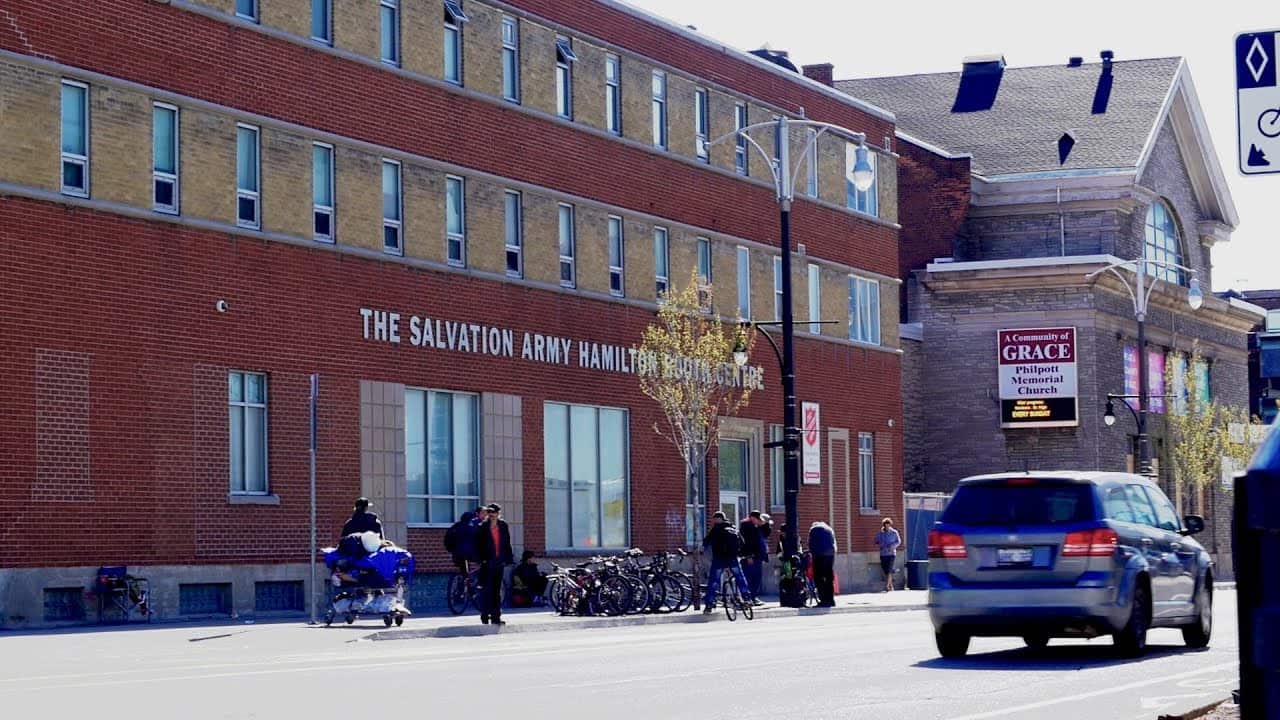Hamilton sends opioid harm reduction pilot project back for more evaluation
Published January 19, 2024 at 8:49 pm

A shelter-based harm reduction pilot project has been sent back to the drawing board by Hamilton Council and at least one councillor is not happy about it.
Ward 3 Councillor John-Paul Danko said Council “ignored staff and expertise of frontline service providers” to get people needed addiction help when they voted to send the initiative back for more evaluation.
“I am beyond disappointed Council was unwilling to support a program to reduce harm, (provide) addiction support, help people get clean, rebuild their lives and get into stable housing.”
Danko said the decision is especially galling considering Hamilton is in the midst of a full-blown opioid crisis with a “continuously growing” addiction dependent homeless population. “We firmly believe that this is something that can have an immediate solution and also carry and empower clients as they move forward as well.”

Hamilton Ward 3 Councillor John-Paul Danko
The proposed $600,000 12-month pilot project would be a collaboration of the Salvation Army, Good Shepherd and Mission Services, which operate the city’s three mens’ shelters.
Council instead elected to wait for more feedback from Hamilton Public Health before committing to the project.
A newly released report recommended Hamilton go ahead with the opioid harm reduction pilot project “to mitigate the harms attributed to an increasingly toxic and unpredictable illegal drug supply,” with the pilot targeting the city’s mens’ shelter system.
The City has been working on a Hamilton Opioid Action Plan since last year and opened a call for applicants last fall. The Good Shepherd Centre Hamilton, Mission Services of Hamilton and the Governing Council of The Salvation Army collectively applied to run “embedded harm reduction supports.”
The plan was for these applicants to operate a supervised consumption site at a Hamilton mens’ shelter. While no one came forward to apply to run this site initially, the City worked with the partners to change course and create the current project. “Although not a supervised consumption site, (the project) represents a significant step-forward in responding to the opioid crisis in this high-risk setting.”
The new plan, presented at the January 15 Public Health Committee meeting, was to provide support for clients through:
- referrals and advocacy
- community accompaniments
- harm reduction drop-in groups
- hands-on support during an overdose event
- increased capacity of front-facing staff
- increased capacity of the general system
The report notes Hamilton is struggling with a “significant burden” of opioid use which particularly impacts men. Of all suspected opioid overdose deaths, 72 per cent were men and 73 per cent were between 30 and 59 years old. This has largely remained the case for several years and reflects Ontario-wide trends.

Frontline workers and City staff found a gap in services for the men using opioids and those who are engaged with local social services. “There is a significant rate of opioid use among men engaging with this system,” the report stated, but there is a “low proportion of opioid-related overdose” with those who use the system.
Consultations with service providers found that limited resources would make it difficult to provide the serves being asked, which led to the partnership between the three shelter operators.
The report declared the pilot program would be a good temporary measure going forward. “It serves the target population, single men, and is within the proposed setting, mens’ emergency shelters. This approach has shown positive results in several local agency settings, and this will be a system-wide pilot program.”
The pilot would embed harm-reduction experts, including qualified addiction specialists, peer support workers and individuals with lived experience in Hamilton’s men’s shelters. This would allow the shelters to better “support clients and build capacity within shelter staffing, as well as the individual themselves, and create a wider community of practice related to harm reduction and general substance use,” the report declared.
With files from Liam McConnell
INthehammer's Editorial Standards and Policies




